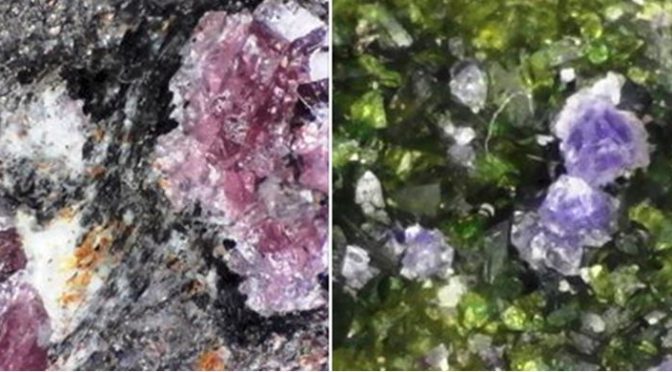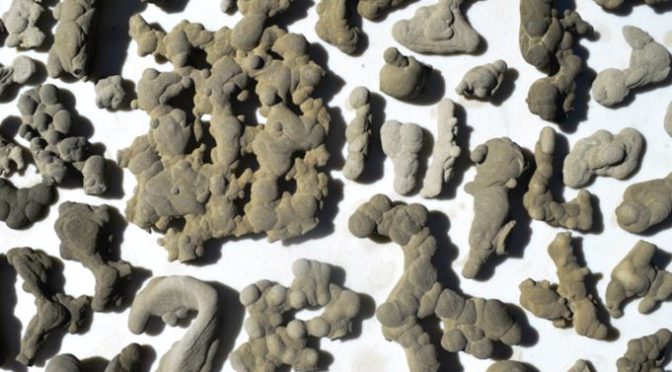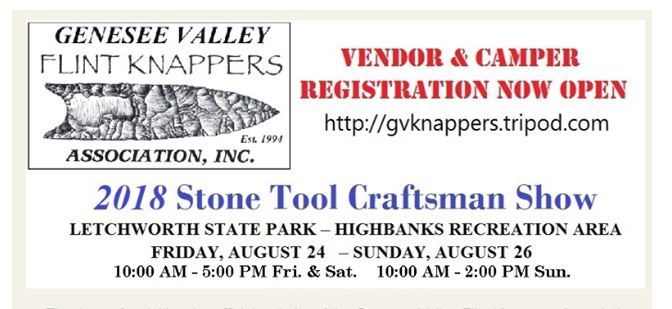One of the sites I visited with the Wayne County Gem and Mineral Club during the June Massachusetts trip was the large dump beside the Quabbin Aqueduct shaft #10 in Hardwick, Massachusetts. The 25 mile aqueduct connecting the Quabbin Reservoir to Boston was completed in 1939 and has been a primary source of water for the Boston region ever since. Rocks excavated from the #10 shaft include the Hardwick granite, the Monson gneiss, and a number of other metamorphic rocks. The dump is expansive and although it is becoming overgrown it remains a popular site for mineral collectors.
Monthly Archives: July 2018
Clay Concretions in Sharon, Vermont
About 15,000 years ago the final of four glacial advances stopped in central Connecticut and a large end moraine was established. As the glacier retreated a large lake formed in what would become the Connecticut River Valley. Varved (seasonal) clay/silt layers were deposited. Debris (fossils, sticks, leaves, etc.) carried in with the clay/silt became nucleation points for calcite cementation and concretions grew in the clays. These unique concretions are now being exposed by erosion. The locals call them “Fairy Stones” or “Mud Babies”.
Stone Tool Craftsman Show
Have you ever heard of flint knapping? Do you know there is an active group of flint knappers in western New York and they hold their annual Stone Tool Craftsman Show every August? In 2018, the event is August 24-26 in Letchworth State Park, itself a geological wonder worth visiting. For three days members of the Genesee Valley Flint Knappers Association display their wares and share advice on knapping at the Highbanks Recreation Area in the park.
Visitors to the Stone Tool Craftsman Show can see flint knapping demonstrations and learn about a variety of other skills that helped prehistoric cultures survive. In addition to learning about the making of arrowheads, spears, and stone knives, the group holds several athletic competitions involving stone throwing weapons.


